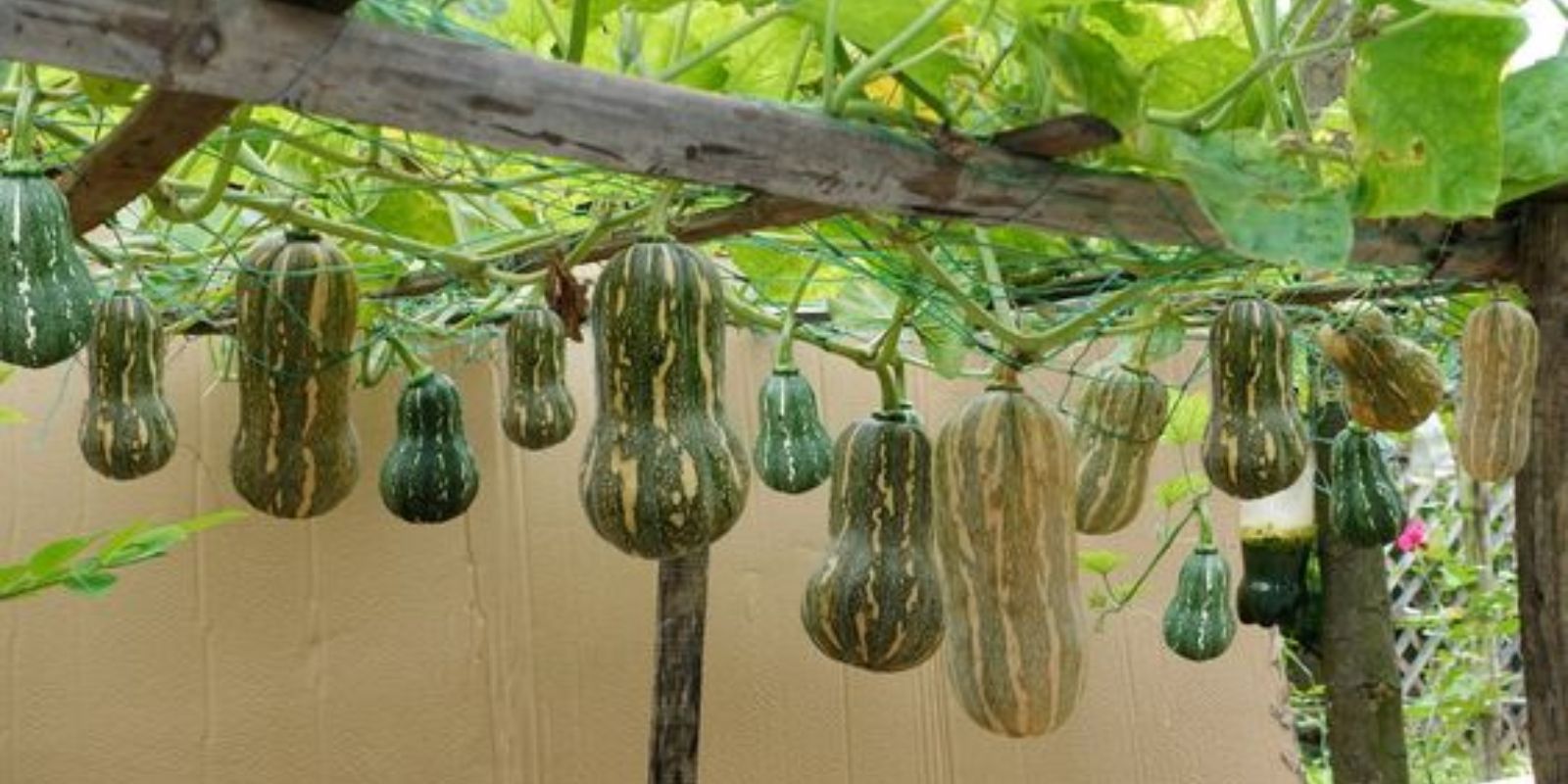Introduction
If you’re looking for a creative and sustainable way to grow pumpkins, recycling old tires might be the perfect solution. This unique approach not only helps manage waste but also offers an excellent growing environment for high-yield pumpkin production. In this article, we’ll explore how to repurpose tires into effective planters for pumpkins, providing a step-by-step guide to ensure a bountiful harvest.
Benefits of Using Tires for Pumpkin Growing
- Sustainable Gardening: Recycling tires helps reduce landfill waste and provides a practical use for items that would otherwise be discarded.
- Enhanced Soil Quality: Tires create a contained environment where you can customize the soil mix to meet the needs of your pumpkins, promoting healthier growth.
- Improved Drainage: Tires with drainage holes ensure that excess water doesn’t pool around the roots, reducing the risk of rot and promoting vigorous plant growth.
- Space Efficiency: Using tires as planters allows you to grow pumpkins in smaller spaces, such as patios or urban gardens, where traditional planting might not be feasible.
Steps to Grow Pumpkins Using Recycled Tires
1. Select Tires
Choosing the right tires is the first step in this innovative gardening method.
- Size Matters: Opt for large tires, such as those from trucks or SUVs, as they provide ample space for pumpkin roots to expand and produce a high yield. Smaller tires can be used for smaller pumpkin varieties or companion planting.
- Condition: Ensure the tires are clean and free from significant damage. Wipe them down to remove any residue or dirt.
2. Prepare the Tires
Proper preparation of the tires is crucial for successful planting.
- Drainage Holes: Using a utility knife or a drill with a large bit, cut several drainage holes in the bottom of each tire. This allows excess water to escape and prevents waterlogging, which can lead to root rot.
- Stacking Tires: For added depth and to create a more attractive planter, you can stack two or three tires on top of each other. Ensure each tire has drainage holes to maintain proper soil aeration.
3. Fill with Soil
Creating the right soil environment is essential for healthy pumpkin growth.
- Soil Mix: Combine compost, garden soil, and organic matter to create a rich, well-draining soil mix. A good ratio is two parts compost, one part garden soil, and one part sand or perlite.
- Filling the Tires: Layer the soil mix into the tires, leaving a couple of inches from the top. This provides enough space for watering and allows you to add mulch later.
4. Plant Seeds
The next step is to sow pumpkin seeds or transplant seedlings into the prepared tires.
- Seed Selection: Choose pumpkin varieties that are well-suited to your climate and space. Popular varieties include ‘Jack-o’-Lantern,’ ‘Sugar Pie,’ and ‘Cinderella.’
- Sowing Seeds: Plant pumpkin seeds about 1 inch deep in the center of the tire. Space the seeds approximately 4-6 inches apart if planting multiple seeds per tire. If you’re transplanting seedlings, space them similarly to allow ample room for growth.
- Timing: Wait until after the last frost to plant your seeds or seedlings. Pumpkins thrive in warm soil and air temperatures.
5. Water Regularly
Consistent watering is crucial for the healthy development of your pumpkin plants.
- Initial Watering: Water the soil thoroughly after planting to ensure good seed-to-soil contact and support germination.
- Ongoing Care: Keep the soil consistently moist, especially during the growing season. Pumpkins require about 1-2 inches of water per week. Avoid over-watering, which can lead to soggy soil and root issues.
6. Provide Support for Vines
Pumpkin vines can become quite sprawling, so providing support helps manage their growth and improves fruit development.
- Training Vines: As the vines grow, gently train them to stay within the confines of the tire or use stakes and trellises for added support. This helps prevent overcrowding and allows for better air circulation.
- Pruning: Regularly prune any excess vines or leaves to promote better airflow and direct energy to fruit production.
Additional Tips for Success
- Fertilization: Pumpkins are heavy feeders. Apply a balanced fertilizer or compost every 4-6 weeks to ensure they receive the necessary nutrients. Avoid high-nitrogen fertilizers, which can lead to excessive foliage growth at the expense of fruit production.
- Pest Control: Monitor your plants for common pests like squash bugs and cucumber beetles. Use organic pest control methods, such as neem oil or insecticidal soap, and introduce beneficial insects like ladybugs.
- Mulching: Apply a layer of organic mulch, such as straw or shredded leaves, on top of the soil in the tires. Mulch helps retain moisture, suppress weeds, and regulate soil temperature.
- Harvesting: Pumpkins are ready to harvest when they have developed a deep, vibrant color and the rind is hard. Cut the pumpkins from the vine, leaving a few inches of stem attached to prolong their storage life.
Conclusion
Using recycled tires to grow pumpkins is a practical and environmentally friendly gardening technique that can lead to a high yield of delicious, homegrown produce. By following the steps outlined in this article, you can create an effective and sustainable planting environment that maximizes pumpkin production. This method not only helps reduce waste but also offers a space-efficient solution for growing pumpkins in various settings.
Motivation
Are you excited to transform old tires into productive pumpkin planters? Follow these simple steps and share your gardening experiences—let’s innovate together and enjoy a bountiful pumpkin harvest! Happy gardening!

